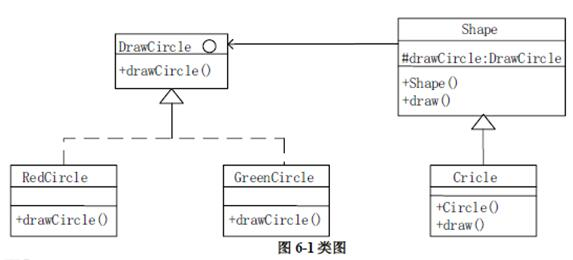下面程序的输出结果是( )。 public class Sun { public static void main(String args[]) { int[] a={1,2,3,4); int j=1,s=0; for(int i=3;i>=0;i--) { s=s+a[i]*j; j=j*10; } System.out.println(s); } }
A.1234
B.21
C.43
D.4321
第1题:
下列程序的运行结果是【 】。
include <iostream. h>
class SomeClass
{
public:
SomeClass(int value) { some_value=value;};
void show_data(void) { cout<<data<<"<<~some_value<<endl; };
static void set_data(int value) {data=value; }
private:
static int data;
int some_value
};
int SomeClass::data
void main(void)
{
SomeClass my_class(1001),your_class(2002);
your_class. set_data(4004);
my_elass. show_data()
}
第2题:
下面程序的输出结果是【 】。
include <iostream>
using namespace std;
class base
{
protected:
int a;
public:
base(){cout<<"0":}
};
class basel: virtual public base
{
public:
base1(){ cout<<"1";}
};
class base2 : virtual public base
{
public:
base2(){cout<<"2";}
};
class derived : public base1,public base2
{
public:
derived () {cout<<"3"; }
}
int main ()
{
derived obj;
cout<<end1;
return 0;
}
第3题:
下面程序运行时输出结果为______。
include<iostream.h>
include
class Rect
{
public:
Rect(int l, int w){length=l; width=w;)
void Print(){cout<<"Area:"<<length*width<<end1;}
void operator delete(void*p){free(p);}
private:
int length, width;
};
void main()
{
Rect *p;
p=new Rect(5, 4);
p->Print();
delete p;
}
第4题:


第5题:
下面程序段中的错误语句是 ______。 class M{ int i; public: void ~AA(int); AA *p; void AA(); void AA(int x){i=x;}; };
A.AA *p;
B.void ~AA(int);
C.void AA(int);
D.void AA(int x){i=x;};
第6题:
下面程序运行时输出结果为【 】。
include<iostream.h>
include<malloc.h>
class Rect
{
public:
Rect(int1,int w)(length=1;width=w;)
void Print(){cout<<"Area:"<<length *width<<endl;)
void *operator new(size-t size){return malloc(size);}
void operator delete(void *p){free(p)
private:
int length,width;
};
void main()
{
Rect*p;
p=new Rect(5,4);
p->Print();
delete p;
}
第7题:
对于下面程序,对p进行赋值正确的是( )。 class A{ public:fun(int i){cout<<i<<endl;} }; main(){ void(A::*p)(int); }
A.p=fun;
B.p=fun();
C.p=A::fun;
D.p=A::fun()
第8题:
程序的输出结果是【 】。
include <iostream>
using namespace std;
class A{
int x;
public:
A(int x=1):x(x){cout<<x;}
};
void main(){
A a,b(2),c(3);
}
第9题:
下面程序的输出结果是( )。 #include <iostream> using namespace std; class A { public: A( ) {cout<<"A";} } class B { public: B() {coat<<"B" ;} } class C: public A { public: B b; C() {cout<<"C";} } void mian(){ C c; }
A.CBA
B.ABC
C.ACB
D.BCA
第10题:
